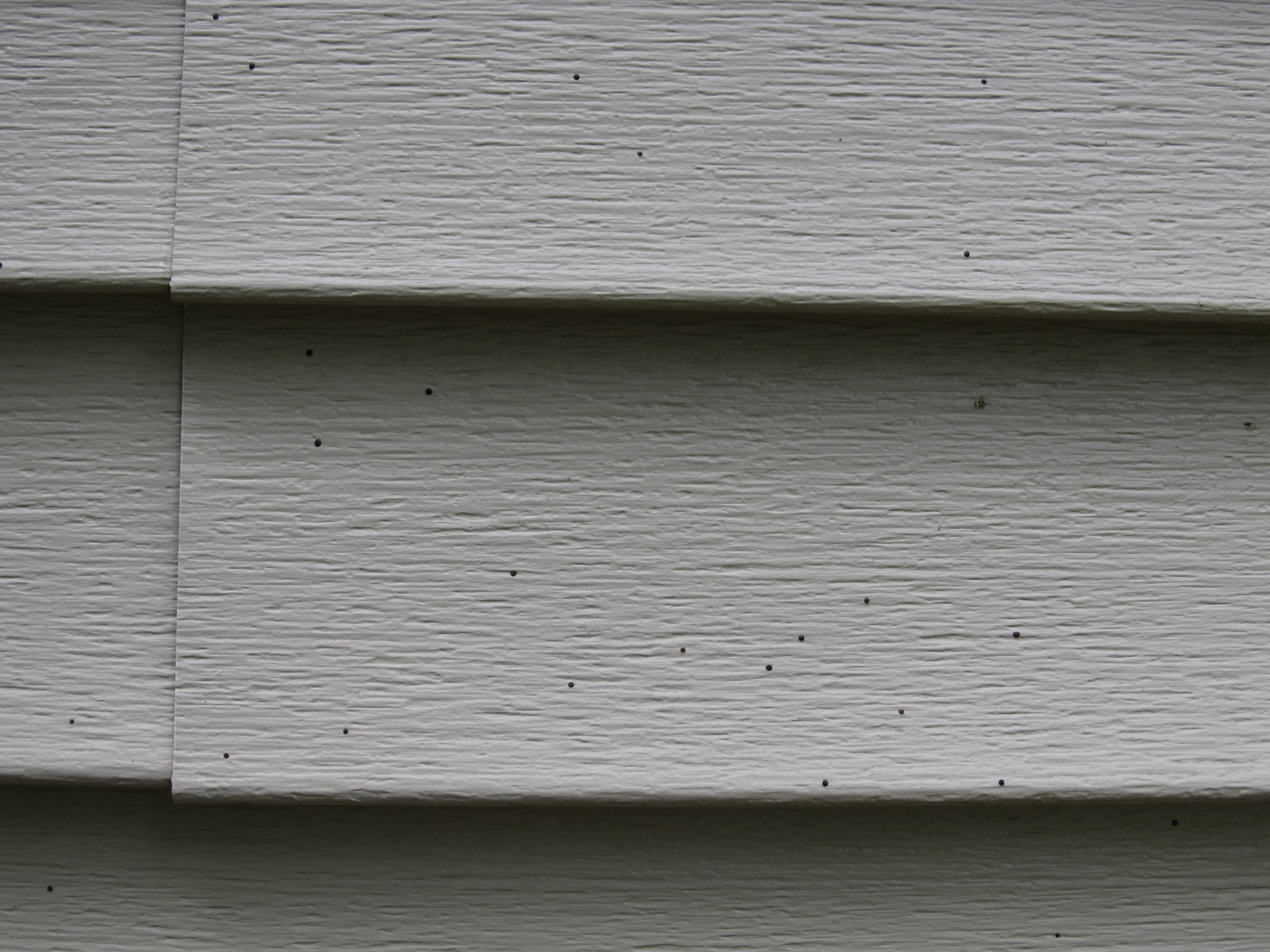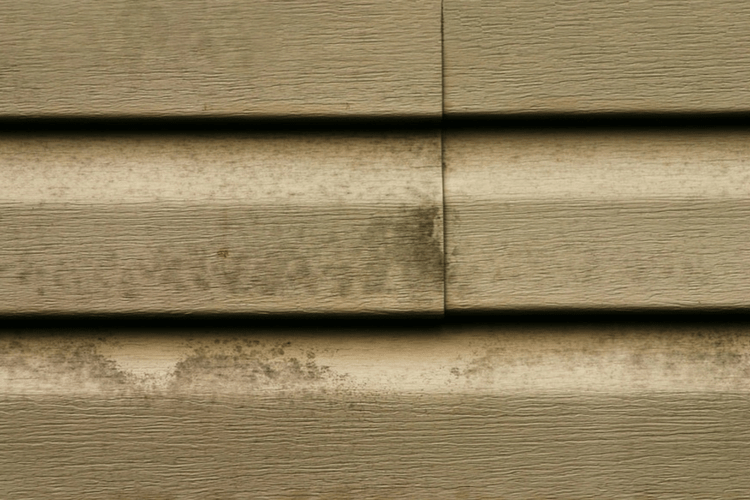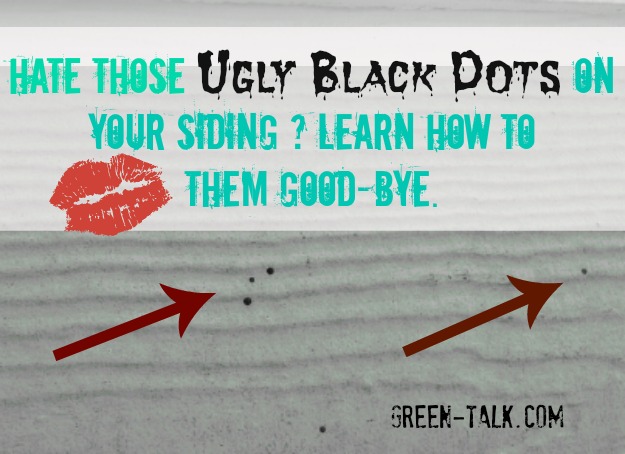Black mold can be an irritant for people with certain allergies and people with severe allergies can be made very sick by being in close proximity to black mold spores.
Black mold spores on siding.
Add a fresh layer of mulch.
An area of the home highly susceptible to black mold and mildew growth is right under the eaves of the roof.
You want as much of the.
According to steve ginsberg of preferred siding in northern virginia the mold is organic matter combined with moisture.
Shaded from the light and ultraviolet rays of the sun trapped moisture provides the.
Toxic black mold spores are a brownish color although they can t be seen with the naked eye of course.
These are tiny cream to orange cups about 1 10 inch in diameter that shoot out black sticky spores that can pepper light colored siding and cars with tarry stains that are hard to remove.
Under the microscope toxic black mold spores that are still attached to the mold colony look similar to a dandelion with clusters of spores growing at the end of a stem called hyphae.
If you notice lots of tiny black or dark brown spots developing on your siding above a landscaped area of your yard as seen below it is most likely artillery otherwise known as shotgun fungus.
Though you may be stuck with a few black speckles for a while here s how you can keep the fungus from shooting any more spores at your house.
Though black mold is undesirable on rough sawn lumber it is neither particularly dangerous or difficult to remove in most cases.
Run a fan or dehumidifier in the room to make sure the.
Artillery fungus is a wood dwelling fungus commonly found in mulch.
Are those spots alive.
How toxic black mold spores spread.
Combine a tablespoon of borax with a cup of water then apply this solution to the mold with a soft bristled brush.
This will buy you a year before the fungus reaches to the top of the new mulch.
Use big pieces of pine bark or other bark mulch which are a less hospitable place for the fungus.
And of course the black spots show up better on white surfaces so they are noticed more easily.
Scrub away the mold leaving the borax solution in the wood.
When you have things like dust and pollen remaining moist on siding and no sun or airflow to move it along mold can begin to grow this explains why homeowners so often find mold on the shady sides of their home.
Although it s most often found on the east coast it can grow anywhere and especially thrives in areas that have cool damp springs or rainy fall weather conditions.
In the absence of direct sunlight it shoots the spores at highly reflective surfaces such as white house siding.










